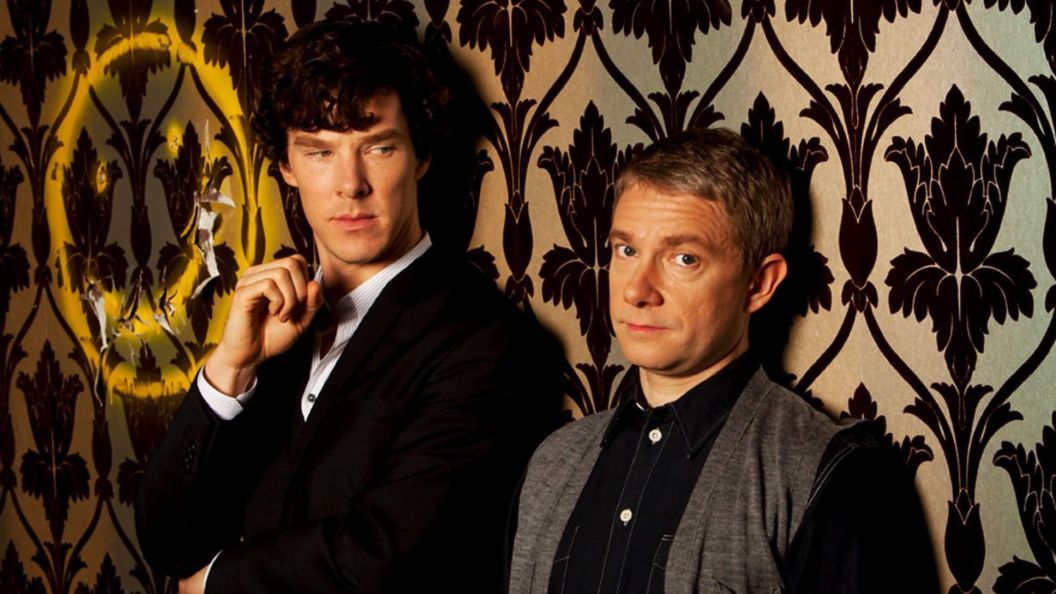
This July, it will be exactly 15 years since the first episode of BBC’s Sherlock premiered. Sir Arthur Conan Doyle first wrote about the many adventures of the great detective way back in the 1880s, and the world was never the same again. Readers across the globe fell terribly and irreversibly in love with the genius with a penchant for smoking pipes, so much so that they refused to let Conan Doyle kill him off in the short story “The Final Problem.” To this day, Holmes remains the most recognizable and well-loved detective in the world (sorry, Batman).
Through the years, many have tried to capture the magic of Conan Doyle’s stories in various film and TV adaptations. But the BBC series from Mark Gatiss and Steven Moffat went on to win hearts and accolades since day one. With 13 episodes spanning four seasons, Sherlock takes a modern approach to the tales. This Sherlock Holmes (Benedict Cumberbatch) still lives in 221B Baker Street, except it’s modern-day London, and he now sends texts instead of telegrams. It was fresh and unique, and viewers could not get enough of it. However, even with iron clad plots, it still has its share of story problems and continuity issues.
1) The Case of Adler’s Phone
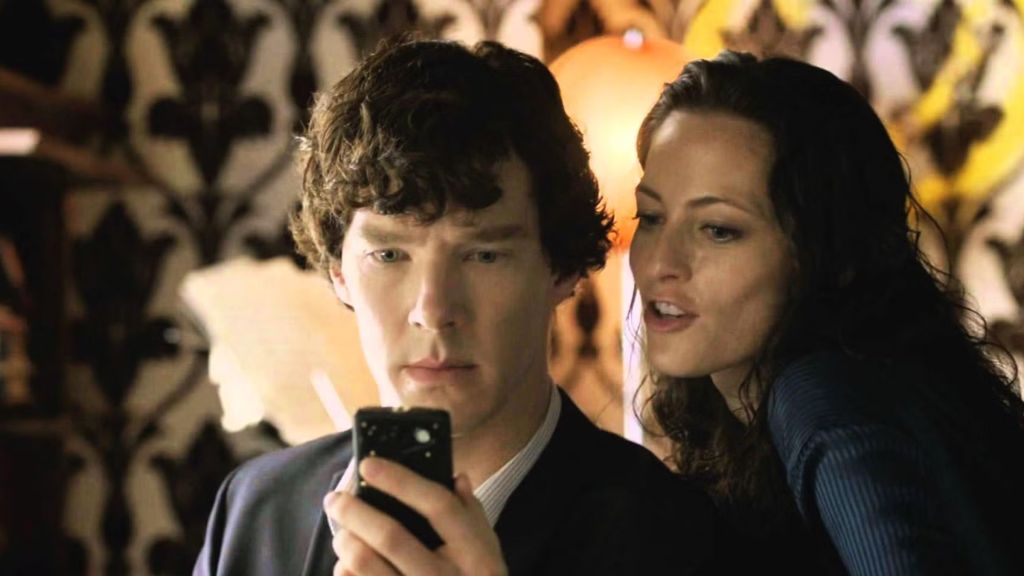
In “A Scandal in Belgravia” (Season 2, Episode 1), we first meet Irene Adler (Lara Pulver), a dominatrix, expert manipulator, and basically Sherlock’s kryptonite. Throughout the entire episode, we watch as Sherlock struggles to unlock Adler’s phone. The cryptic message on the lock screen just says, “I AM LOCKED”, with four blank spaces right before the last word. In the end, after Mycroft Holmes (Mark Gatiss) nearly sells out his brother to get access to the phone that apparently holds royal secrets, Sherlock deduces that Adler has fallen for him by checking her pulse and the movement of her pupils and, thus, the password must be “SHER” so the message on the screen spells out “I AM SHERLOCKED”.
The scene is iconic and a testament to Sherlock’s genius. Nothing can get past him. Except when it does, apparently. Earlier in the episode, Sherlock hands Adler a fake phone, and she, in turn, shows him a fake password. She then unlocks her actual phone to show him a code and tells him to impress her by decoding it. So, the phone is unlocked and in his hands, giving him full access to its contents. But he never notices this, somehow. So, the rest of the episode is spent in the pursuit of a pin that he technically didn’t even need.
2) Let’s Play Murder
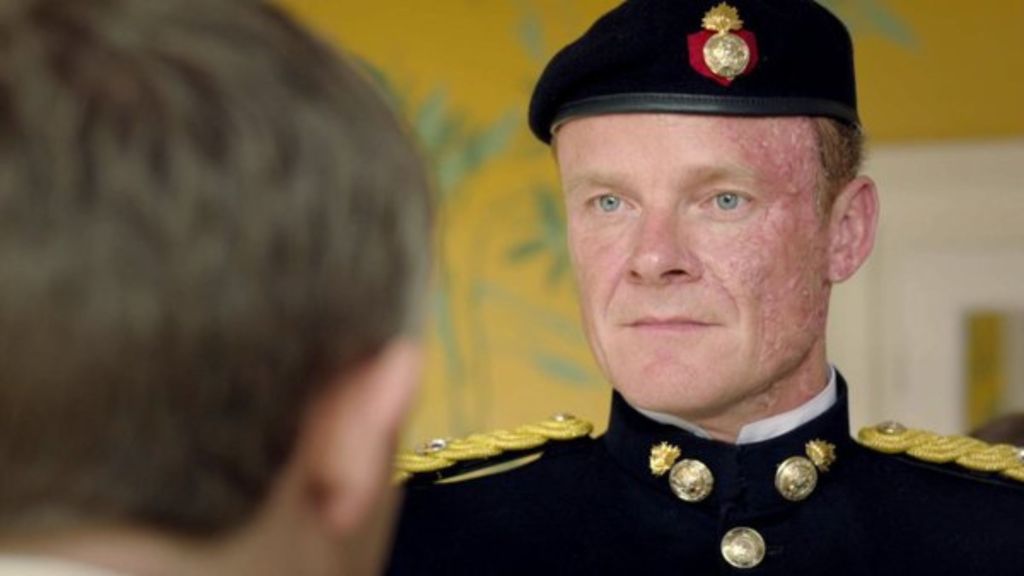
“The Sign of Three” (Season 3, Episode 2), aka the one where John Watson (Martin Freeman) gets married, is a fan favorite for many reasons. The episode is hilarious, hopeful, and full of heart, but there’s also, naturally, a good murder mystery to spice things up. Sherlock solves the case of the Mayfly Man in real time, allowing John to save James Sholto’s (Alistair Petrie) life. It proves yet again why the duo works, with Sherlock embodying the brain and John the heart.
Of course, it’s convenient that both the Mayfly Man and his elusive target just happened to be at the wedding, but that can’t really be considered a plot hole. What is weird, though, is the murder of Stephen Bainbridge (Alfred Enoch), a royal guardsman. It was apparently just a “dress rehearsal,” one that allowed Jonathan Small (Howard Goorney), the killer, to effectively plan Sholto’s murder. That said, Small could have targeted any of the other guardsmen — all of whom wore the same uniform — and taken them out whenever the chance presented itself. So, why stalk Bainbridge? Why take pictures of him and track his movements if he was not the real target? Other than to hand Sherlock the clue he needed to solve the case, that is.
3) Sherlock Lives
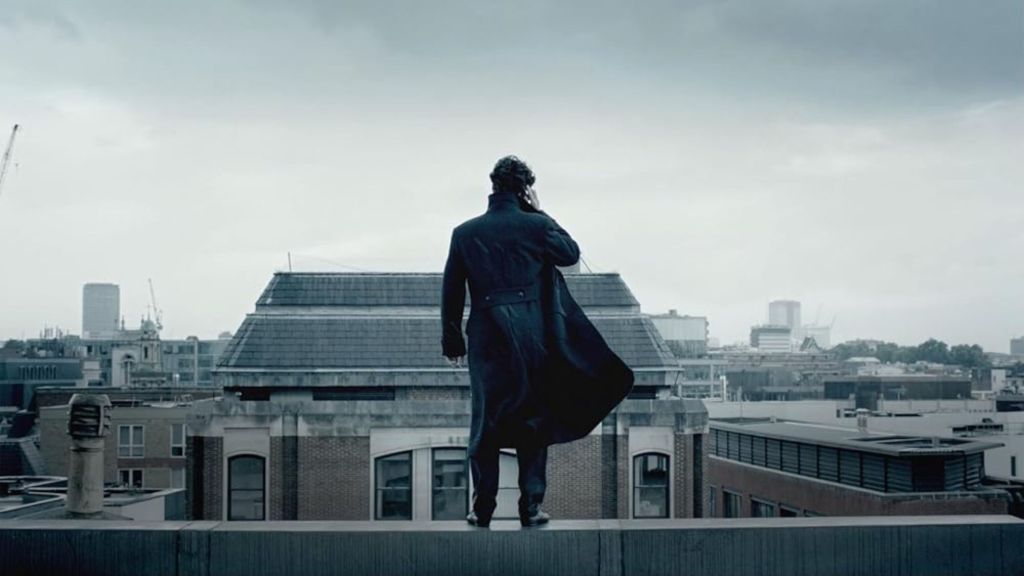
“The Reichenbach Fall”, i.e., the third and final episode of the second season, left viewers on a massive cliffhanger. Toward the end of the episode, we watched the maniacal criminal mastermind, Jim Moriarty (Andrew Scott), face off with our favorite detective one final time. Sherlock is sure he has solved the case and has his archnemesis dead to rights. That is until Moriarty threatens to kill off everyone Sherlock holds dear unless the latter kills himself. Moriarty even shoots himself, just to ensure Sherlock has no way out. The latter finally jumps off the building and crashes onto the pavement below. Everything about the scene is brilliant. It’s thrilling, horrifying, and absolutely heartbreaking.
As the scene unfolds, the audience are left reeling, only to see the detective return a few minutes later, hiding just out of sight as John mourns him. Didn’t we just watch him take a dive off building? So, how did he survive? Despite all the fan theories, including the ones featured in the show itself, we never really end up finding out what went down, since it seemed like it was Sherlock the whole time.
4) The Eurus Problem
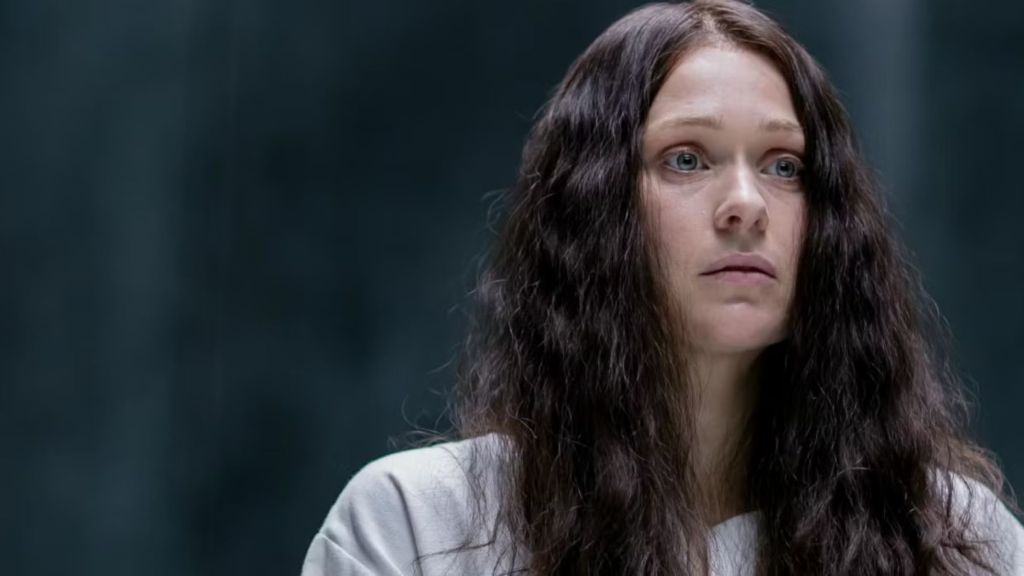
In “The Final Problem” (Season 4, Episode 3), we properly meet Eurus Holmes (Sian Brooke), aka “the east wind”, the youngest of the Holmes siblings. Since the moment she is introduced, she is shown to be almost inhumanly clever, as Mycroft keeps reminding everyone time and again. She’s a genius of geniuses, her two brothers barely able to hold a candle to her intellect. Here’s where things start to go from improbable to definitely impossible. Since she showed psychopathic tendencies since she was a child, going as far as to murder Sherlock’s childhood best friend to get his attention, she is placed in a mental asylum. Mycroft however makes moves and has her placed inside of a maximum security prison instead.
Here’s where things get dicey, as Eurus has used her intellect and abilities to affectively assume control of the facility. Sure, she’s a genius manipulator, but what is with her powers of hypnosis? Not only that, Eurus is also practically clairvoyant, able to see truths no other humans can apparently, enough to see into Mycroft’s future when they were mere children. When did this turn into a Supernatural episode? Also, ask anyone with bipolar affective or similar disorder, but that’s really not how psychosis works. The only believable aspect of all this is her feelings of isolation. Everything else about her doesn’t make any sense at all, turning this entire episode into a confusing mess that stains the larger reputation of the series.
5) The Unkillable Baker Street Boys

Of all the issues that abound in “The Final Problem,” another that remains interesting is the scene where Eurus somehow gets a grenade using a drone through the upper window of 221B Baker Street. Sherlock and John crash through the window as the huge explosion seems to blow their entire flat to bits behind them. Mycroft survives, too, by throwing himself down the stairs. Yet in the next scene, we see that there is not a single scratch on any of them.
Sherlock does have a penchant for leaping off buildings and appearing unscathed later, and, at this point in the season, the Holmes siblings seem more superhuman than ever. But not even John had nary a mark on him, despite them hurtling through a two-story window. Sure, that sounds rather plausible. Also, after spending many years planning the games she would play with her brothers, especially Sherlock, when they finally meet, Eurus suddenly doesn’t seem to care that the grenade she sent could easily kill the guys. Then again, she’s Eurus — the omniscient, so she must have known they would survive, right?
You can stream all four seasons of Sherlock on Hulu, Britbox, AMC+, etc.
The post 5 Things That Still Bug Me About Sherlock appeared first on ComicBook.com.


